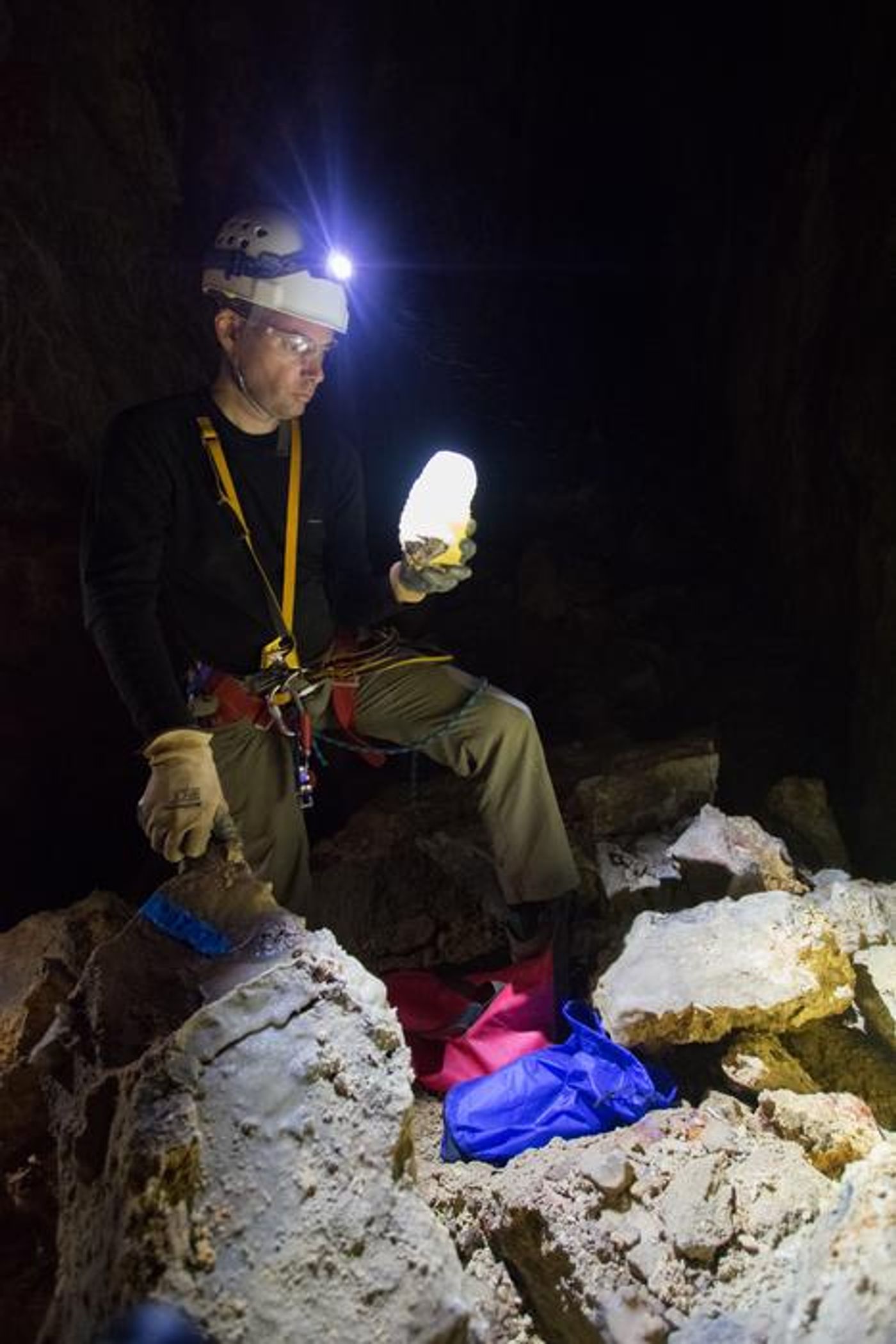Unveiling the Subterranean Wonders: Grand Canyon's Hidden Caves Hold Clues to Climate Change
A recent study published in Nature Geoscience examines how the caves located beneath the Grand Canyon could help scientists better understand Earth’s past climate while simultaneously making better predictions about the future of climate change. This study was led by the University of Nevada Las Vegas (UNLV) and holds the potential to gain insights into future climate change, specifically pertaining to monsoon rains in northwestern Mexico and the U.S. Southwest.
For the study, the researchers analyzed the geochemistry of ancient stalagmite collected from the floor of one of the caves to ascertain precipitation patterns during the warming period that took place after the last Ice Age. The team discovered that water levels increased in the cave between 8,500 and 14,000 years ago during the early Holocene, which was when temperatures throughout the area increased. The team then used simulations to discover that increased summer rainfall, snowpack melt, and evaporation stemming from atmospheric circulation patterns culminated in the increased water levels.
Image of lead author, Dr. Matthew Lachniet, holding a stalagmite collected from a Grand Canyon cave for the study. (Credit: Laura Sangaila)
“What was surprising about our results is that during this past warm period, both the summer monsoon and infiltration into the cave increased, which suggests that summer was important for Grand Canyon groundwater recharge, even though today it is not an important season for recharge,” said Dr. Matthew Lachniet, who is a paleontologist and professor at UNLV, who personally collected the stalagmite from a cave for the research, and is lead author of the study. “While we still expect the region to dry in the future, more intense summer rainfall may actually infiltrate into the subsurface more than it does today.”
The reason stalagmites were analyzed for the study is due to their propensity to act as rain gauges, with the calcite minerals within the caves acting like tree rings as they collect water over the course of thousands of years. The study warns that increased temperatures from climate change could lead to similar outcomes in the future, noting that the high-elevation Colorado Plateau, which is where the Grand Canyon sits, is particularly vulnerable to increased monsoons during the summer months.
What new connections will researchers make between caves and climate change in the coming years and decades? Only time will tell, and this is why we science!
As always, keep doing science & keep looking up!
Sources: Nature Geoscience, EurekAlert!, UNLV News Center









